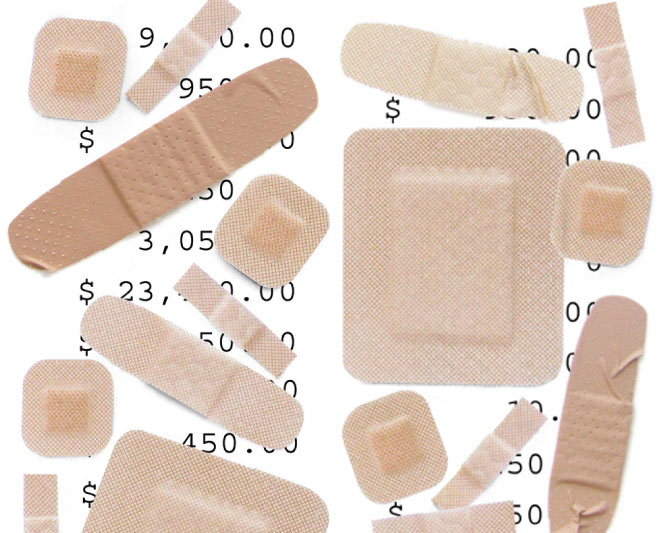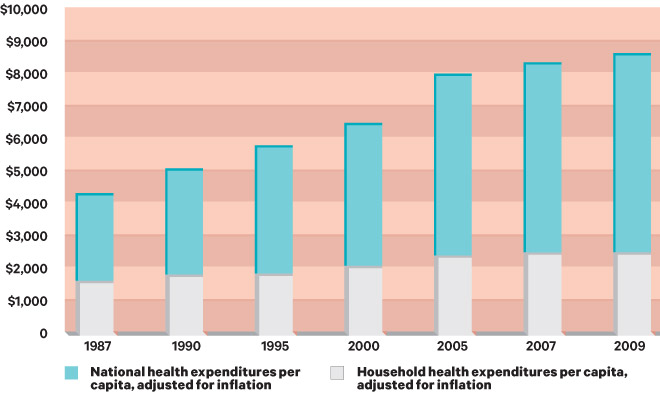
The US spends trillions on medical care&mdashbut good luck finding out the price of an appendectomy or an aspirin.
In the early 1950s, it was nearly impossible to know the worth of an automobile. They had prices, yes, but these would differ radically from dealer to dealer, the customer a pawn in the hands of the seller. This all altered in 1958, when US senator Mike Monroney of Oklahoma shepherded a bill by way of Congress requiring that official pricing details be glued to the window of each and every new automobile sold in the US. The “Monroney sticker,” as it came to be known, has been with us ever given that. It became an effective implies of disclosing the manufacturer’s suggested retail cost, or MSRP, and a billboard for other data disclosures to the customer: the automobile’s fuel economic climate, its environmental rating, and so on.
 The sticker price tag was a single of the triumphs of customer-rights legislation and has produced getting a auto an less complicated&mdashthough in no way altogether easy&mdashexperience. What’s a lot more, window stickers made automobile pricing rational and understandable. A consumer who knows the base value going in will anticipate far more worth coming out. In economic terms, the sticker turned a failed market place flummoxed by data asymmetry into one thing resembling a functioning, price-driven marketplace.
The sticker price tag was a single of the triumphs of customer-rights legislation and has produced getting a auto an less complicated&mdashthough in no way altogether easy&mdashexperience. What’s a lot more, window stickers made automobile pricing rational and understandable. A consumer who knows the base value going in will anticipate far more worth coming out. In economic terms, the sticker turned a failed market place flummoxed by data asymmetry into one thing resembling a functioning, price-driven marketplace.
If there is ever an industry in want of a Senator Monroney these days, it is wellness care, in which 1950s-era thinking still guidelines the day, and irrational and inexplicable pricing is routine. The wellness care market plays a gigantic game of Blind Man’s Bluff, maintaining patients in the dark whilst asking them to make life-and-death decisions. The odds that they will make the very best option are negligible and largely depend on chance. Patients need to have data, including expenses and their own medical histories, liberated and created freely obtainable for thorough analysis. What health care requirements is a window sticker&mdasha transparent, great-faith work at producing rates clear and setting market place forces to work.
Exploding Well being Care Fees
Given that 1987, US health care spending per capita has much more than doubled, and the cost borne by individuals continues to rise.

Chart design: Luke Shuman
How undesirable is it? Uwe Reinhardt, a top well being care economist, described the pricing of hospital services as “chaos behind a veil of secrecy.” Chaos due to lack of predictability veil of secrecy since several organizations take a proprietary attitude toward data.
Contemplate a latest study of the fees of routine appendectomies performed all through California. Though the procedures were largely identical, the charges varied much more than 100-fold&mdashfrom $ 1,529 at the least expensive to $ 182,955 at the most costly.
What accounted for this bizarre spread? Very good query&mdashbut efforts to learn the answer turned out to be futile. Although the investigation highlighted how big the bills for these hospitalizations were, several costs were declared to be trade secrets. The providers (i.e., the hospitals) and insurers involved in the study would not share how considerably the insurers actually paid for the visits, only what the providers charged. To me, understanding the logic right here needs a chain of reasoning that could appear only in Alice in Wonderland. We don’t just need an MSRP sticker&mdashwe need a medical Freedom of Data Act!
In business, as time goes on, weak market participants will attempt to increase their status, and, of program, incumbents will try to protect their positions. Two prevalent techniques of imposing or maintaining marketplace power are by forming coalitions or by outright acquisitions, and that’s what has occurred in medicine. Consolidation amongst health care providers has resulted in a quantity of significant organizations becoming even a lot more effective as they’ve began to use their size and reach. And they’ve wielded this power to maintain a lid on some of the data that would make for better wellness care.
The previous a number of decades have observed key strides in technologies of all sorts. Improvements in semiconductors have permitted more rapidly computation and communications, as effectively as the construction of databases that outdo themselves every single year. In numerous industries, technologies development has spurred additional improvements in effectiveness&mdasha virtuous cycle. In well being care, this approach is taking place at a significantly slower rate. It has taken decades to total even relatively basic tasks such as digitizing medical records.








